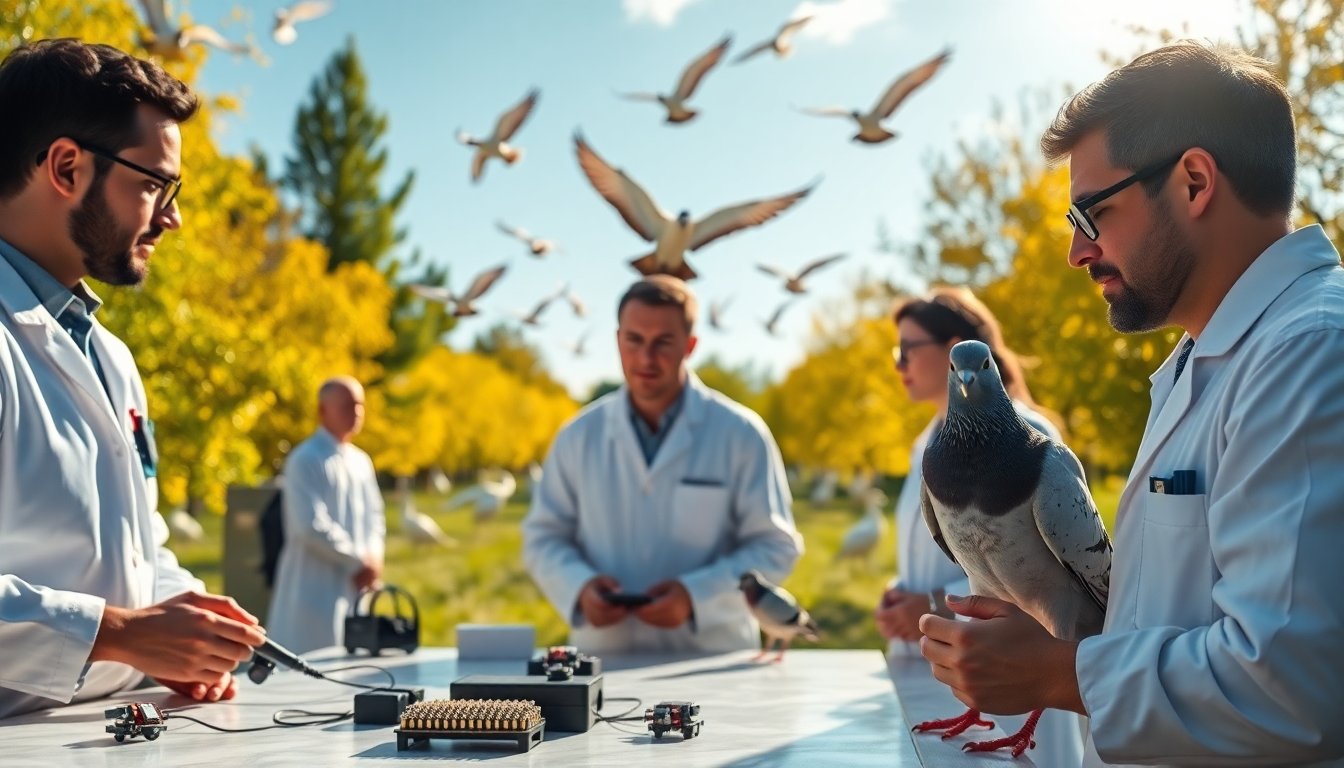Table of Contents
The field of neurotechnology is advancing rapidly, with significant developments emerging from Russia. The company Neiry is pioneering an innovative project that uses implanted chips in pigeons, allowing researchers to control their flight paths remotely. This intriguing advancement raises important questions about animal control and the potential applications of this technology across various sectors.
Understanding Neiry’s bio-drone technology
Neiry’s initiative focuses on creating bio-drone pigeons, equipped with sophisticated neurointerfaces that enable remote operation. Reports indicate that the company has conducted successful tests in a controlled environment, where these pigeons demonstrated the ability to fly away from the lab and return autonomously. This remarkable capability stems from neurotechnology that allows operators to upload specific flight patterns directly into the birds’ brains.
How does the technology work?
The procedure entails a meticulous surgical process in which electrodes are implanted into specific areas of the pigeons’ brains. This stereotactic surgery is designed for precision and aims to achieve a high survival rate among the birds undergoing the operation. Although Neiry has not released specific survival statistics, they emphasize a strong commitment to animal welfare throughout the surgical process.
After the chips are implanted, the birds gain the ability to receive directional signals that guide their navigation based on the operators’ commands. This capability is facilitated by a GPS tracking system that enables real-time monitoring of each bird’s location. Furthermore, the onboard electronic components are powered by solar panels affixed to the pigeons, ensuring they remain self-sufficient during their flights.
Potential applications of bio-drone pigeons
The implications of bio-drone pigeon technology extend well beyond initial experiments. Innovator Neiry envisions these bio-drone pigeons being deployed for monitoring infrastructure, particularly in critical areas like power transmission lines and gas distribution networks. This approach could offer a significant advantage in detecting problems and maintaining essential systems, eliminating the need for traditional ground-based inspections.
The future of neurotechnology in monitoring
Companies and government entities could significantly enhance surveillance capabilities by employing bio-drones. For example, using pigeons equipped with neurotechnology may lead to more efficient monitoring of hard-to-reach locations. This innovation could reduce the time and resources typically required for traditional inspection methods. Additionally, the ability to control the flight of these birds offers versatility that could be invaluable during emergencies or natural disasters.
As researchers refine this technology, ethical considerations regarding the use of animals in such roles will gain prominence. Balancing the well-being of the pigeons with the need to harness their natural abilities presents a challenge for the industry. Neiry’s commitment to maintaining a high survival rate is a positive step, but ongoing scrutiny will be crucial as these developments unfold.
A new era of animal-assisted technology
The introduction of bio-drone pigeons marks a significant advancement in the intersection of neurotechnology and animal behavior. Ongoing research by Neiry explores the potential for these birds to aid in monitoring infrastructure. This development raises important ethical questions about the use of animals in technology. Balancing technological innovation with animal welfare will be crucial in determining how we deploy these unique bio-drones in the future.


